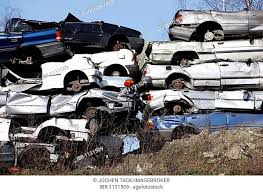We have spoken a lot about climate change, the Paris agreement, etc and things are getting worse. The biggest iceberg in the world just broke in Antarctica. News like this is becoming more common and concerning these days. To tackle this situation, the government of India has made some initiatives like BS 6. The scrappage policy 2021 is one such policy. The government targeted this policy not only for climate change but also to improve the economy as well. Let us discuss this in detail.
But what is scrapping?
Scrapping of vehicles is the process where you send your old vehicles to dump yards. The authorities there would take away working and good parts that one can reuse. They then shred the other parts in a huge shredder and recycle them. If things go well, they make good profits doing this business.
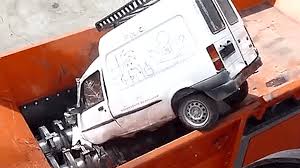
Table of Contents
Scrappage policy 21 – Insights
On March 2021, the ministry of road transportation has announced the scrappage policy. Here,
- Commercial vehicles over 15 years have to be scrapped
- Passenger vehicles over 20 years have to be scrapped
Wait, do not panic. There is a catch in this statement.
This does not mean that you cannot keep your car any longer. If you had taken excellent care of your car since you have bought it, there are some good chances. If your car passes the pollution test after the timeline, you get to keep it longer. But you may have to take up some burden.
- Pay the newly coined ‘Green Tax’ – This depends on your vehicle, city and your use (personal/commercial)
- Pay higher Re-registration or FC renewal charges
In other words, your annual maintenance charges would get expensive. But if you drive hybrid, electric or alternate fuel vehicles, you don’t have to worry about it. Also, On the bright side, if you wish to refresh your fleet/drive,
- No registration fee
- 5% discount by automakers
- Scrap value equal to 4%-6% of the showroom price of new vehicle
- Tax benefits from the state government
And you get fuel economy, better features, etc.
Scrappage Policy 2021 – Does it make sense?
Now before you contact your nearest dealer, know the environmental impact in buying a new vehicle.
Carbon footprint in making a new car
Making a new car is not a green process. Every component, like chassis, tyres, interior panels, wheels, engine and Powertrain components, glass, etc requires energy to manufacture and assemble. Also, raw materials like steel, copper and other metallic and non-metallic materials require a lot of energy to process from their respective ore.
According to an article, a mid-sized car in china requires about 9.2 tonnes of CO2 in making it. This is comparable to a D segment car like harrier or Creta in India. But this is number is not completely reliable as this change from country to country. But since India and China are developing nation, we can use this data for comparison.
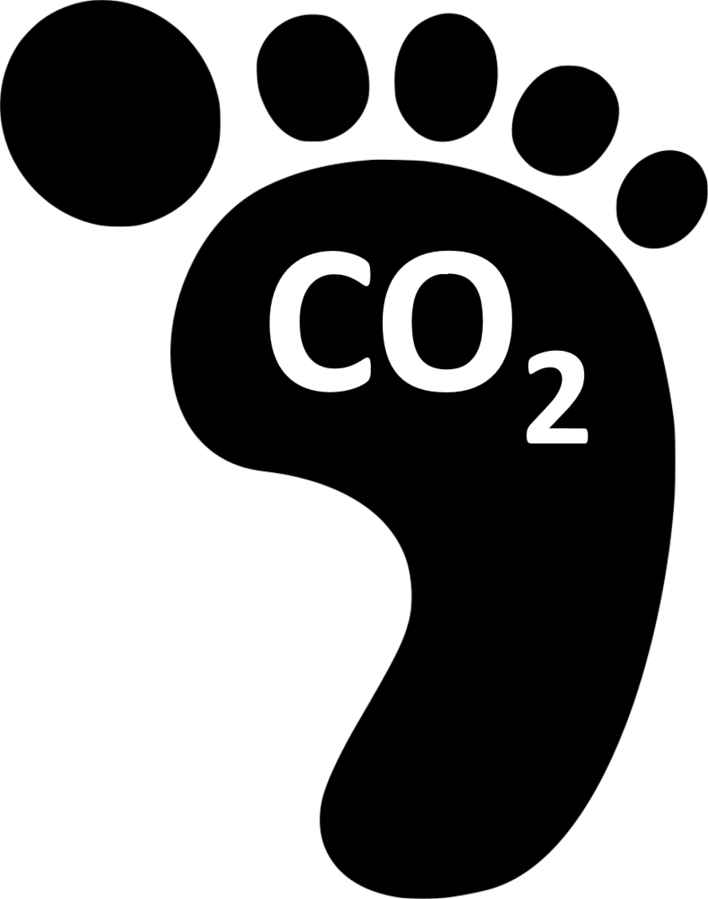
Bonus point, the same article mentions it requires over 14 tonnes of CO2 to make an EV. This is because of the mining of raw materials for batteries which are quite dirty. Also, we don’t really have an effective way to manufacture them as of now. This number could change your perspective on how you look into EVs. More on this – click here. But this would definitely improve.
Note: These numbers also include changing tyres batteries and other parts throughout its lifetime. Therefore actual number could be a bit lesser than this.
Carbon footprint in running the car
Let us do the math, A litre of petrol upon combustion produces around 2.3 kg of CO2. Now taking the best-case scenario, an average mid-sized car would produce 15kmpl. This translates to roughly 153 grams of CO2 per kilometre driven. If you clock 1 lakh kilometres during this period, your car produces over 1.5 times the amount of CO2 produced in making it. This number is even more for diesel engines.
Now, this number is true only if the vehicle is in showroom condition. If you do not maintain the car well, it would cause more pollution. More on this in the next section. This is the reason the government wants to send unfit vehicles to scrap.
Older car problems
Older cars have some serious issues with the environment. Lower efficiency leads to poorer performance and emissions. Let’s discuss a few. Things might go a bit technical here.
If your piston rings wear away because of improper lubrication, engine oil mixes with the intake charge. This produces blue coloured smoke. Or if the cooling jacket cracked, the coolant mixes causing milky white smoke. Either way, they affect proper combustion, leading to more environmental damage. Also, things would worsen if you do not take care of it. Of course, damages like this would drain your pocket.
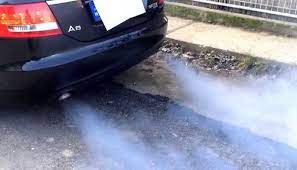
The above problem may not be very common. But a very common issue especially with diesel engines is clogging. Unburnt soot particles would cover up the entire combustion chamber. This has multiple issues.
On one side, such clog would and block the injectors, spark plugs and valves. This leads to improper combustion. Clogged valve would mean the unburnt charge would escape as it would not have seated properly. Improper combustion may lead to less CO2 but it makes the situation worser. CO and hydrocarbon (HC) emissions would increase. This is again bad for the environment even if they are not greenhouse gases.
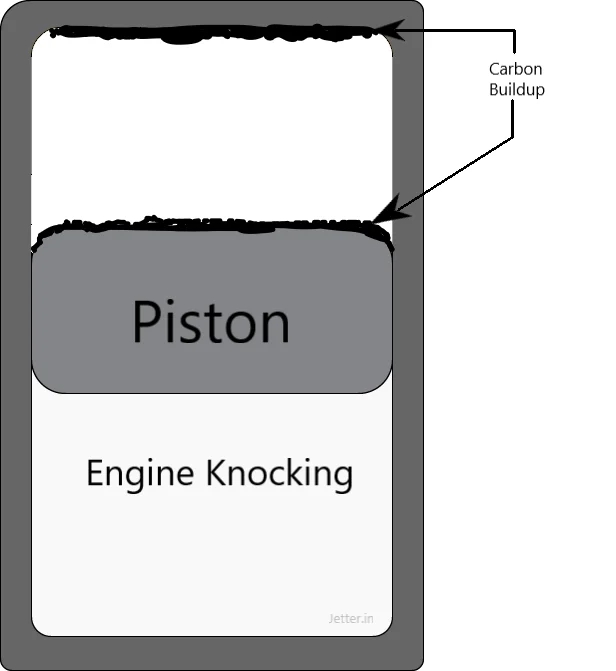
The other issue of clogging is a higher compression ratio. Particles in the walls and head would reduce the combustion chamber volume. This means there will be a higher compression ratio. The higher this ratio, the higher will be the chamber temperature. This means higher thermal NOx – the most common type of NOx among tailpipe emissions. More on NOx in the later section.

Therefore, getting your car’s engine cleaned professionally is important.
Technological benefits for the scrappage policy 2021
This is another reason why the government wants the scrappage policy 2021. With BS 6 implemented, India is in line with the global tailpipe emission norms. This means technologies like 3-way catalytic converter, Selective catalyst reaction, EGR and Diesel particulate filter is onboard the newer vehicles.
By phasing out older vehicles, most of the vehicles on the road would be greener. This means lesser damage to environment.
NOx – The demon for the greenhouse effect
Oxides of Nitrogen or simply NOx is very damaging. It is one of the most dangerous greenhouse gas. Each greenhouse gas is associated with a potent number. This number denotes the degree of contribution of greenhouse effect.
While CO2 has a greenhouse potent of 1, Nox is somewhere around 265-298. This means NOx is several times more damaging. Newer BS6 cars with the above-mentioned technologies concentrate mostly on this. Look at the BS6 guidelines rolled out by ARAI.
Controlling NOx is more important than CO2.
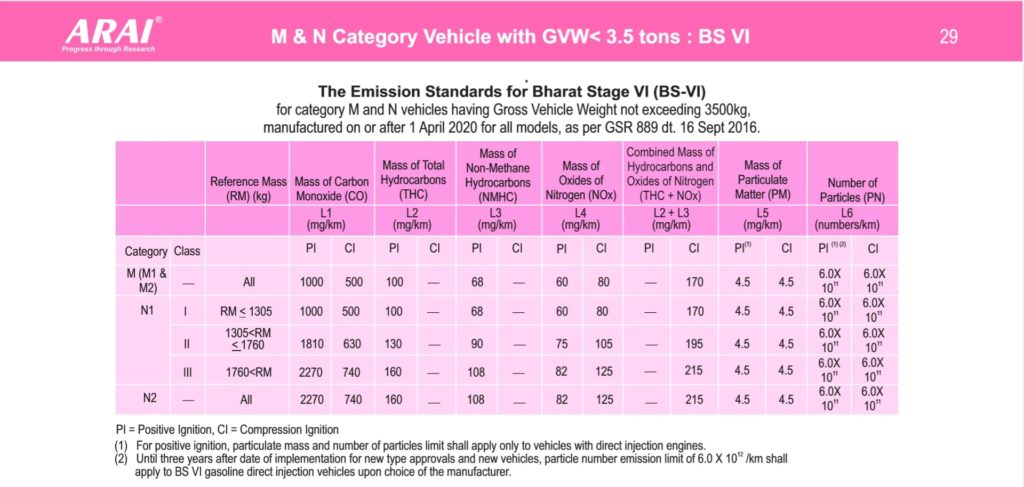
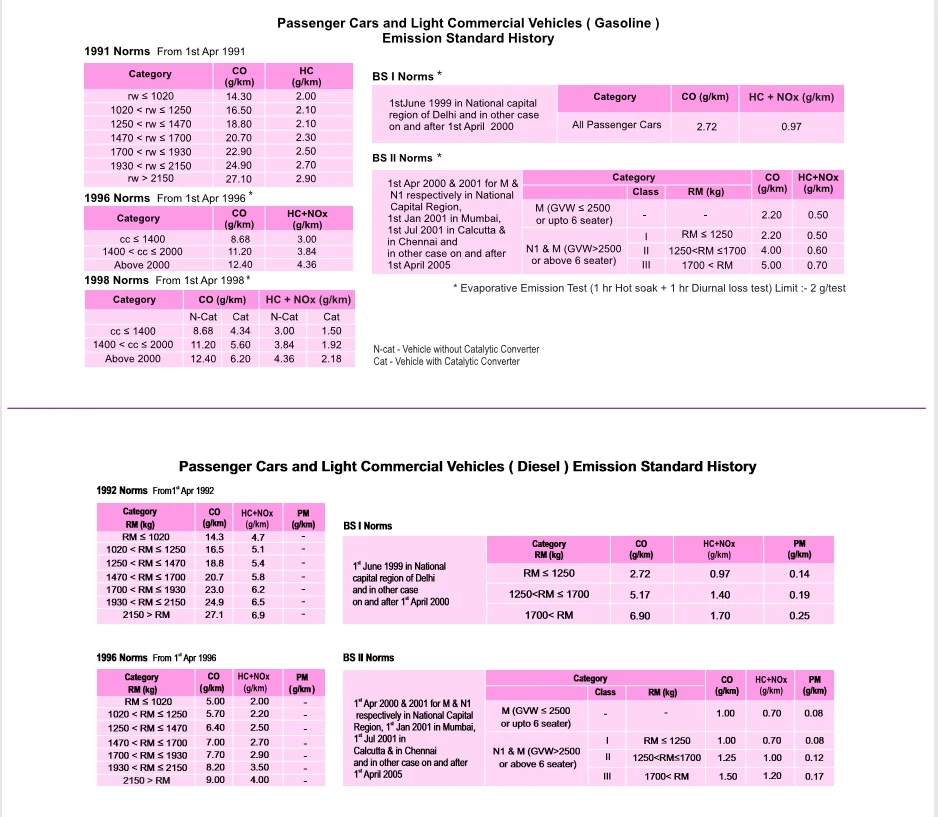
Scrappage Policy 2021 – The verdict
The emission test that the government is to check the fitness of a vehicle is pivotal. The government must fix an optimum value that has the advantage. This means there should be a balance in the test where the usage and condition have to be analysed well. There is no point in purchasing a new car if your usage is very less. You do the opposite of saving the environment when you purchase it in this case.
Also, for EVs, if you can, install solar panels at home to compensate for the power your car or scooter use. Thermal power contributes to around 60 percent of Indian power generation. Adding the carbon footprint associated with making EVs, you are making sin to the environment.
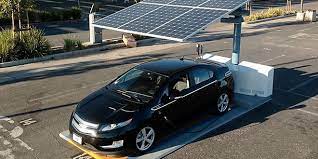
If you own some good old cars like the sierra, contessa, 118ne, ambassador, Vespa, Chetak, Super etc I request you to maintain them with utmost care. Spotting such vehicles on road these days is very less likely. To see vehicles like this on road gives immense joy to petrol heads like me. I personally do not want such iconic cars and scooters that dominated the Indian roads to be eaten up by a shredder.
Finally, we end this blog with a SWOT analysis.
Scrappage policy 2021 – The SWOT Analysis
There are three faces here, the government, Automakers and public.
Strength
Government
- Marching towards Paris Agreement
- Better economy, jobs, lifestyle of people, etc
- More revenue from taxes and increased charges
Automakers
- More sales expected
- Promotion of EVs and other alternate fuels
People
- More job opportunities and improved lifestyle
Weakness
Government
- Better scrapping infrastructure
- Not a good time – COVID-19
- The state government has to reduce taxes
Automakers
- They have to give mandatory discounts to people
Opportunity
Automakers
- There are lakhs of vehicles in passenger and commercial sector that is old
People
- Revamping of the fleet at a lower cost – Fleet operators
Threat
Automakers
- Semiconductor shortage
- increased steel prices
- Low volume in sales due to COVID-19
People
- Small scale fleet owners to be affected
